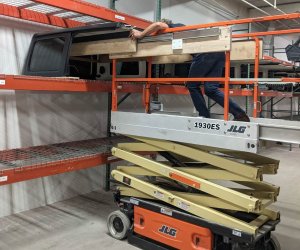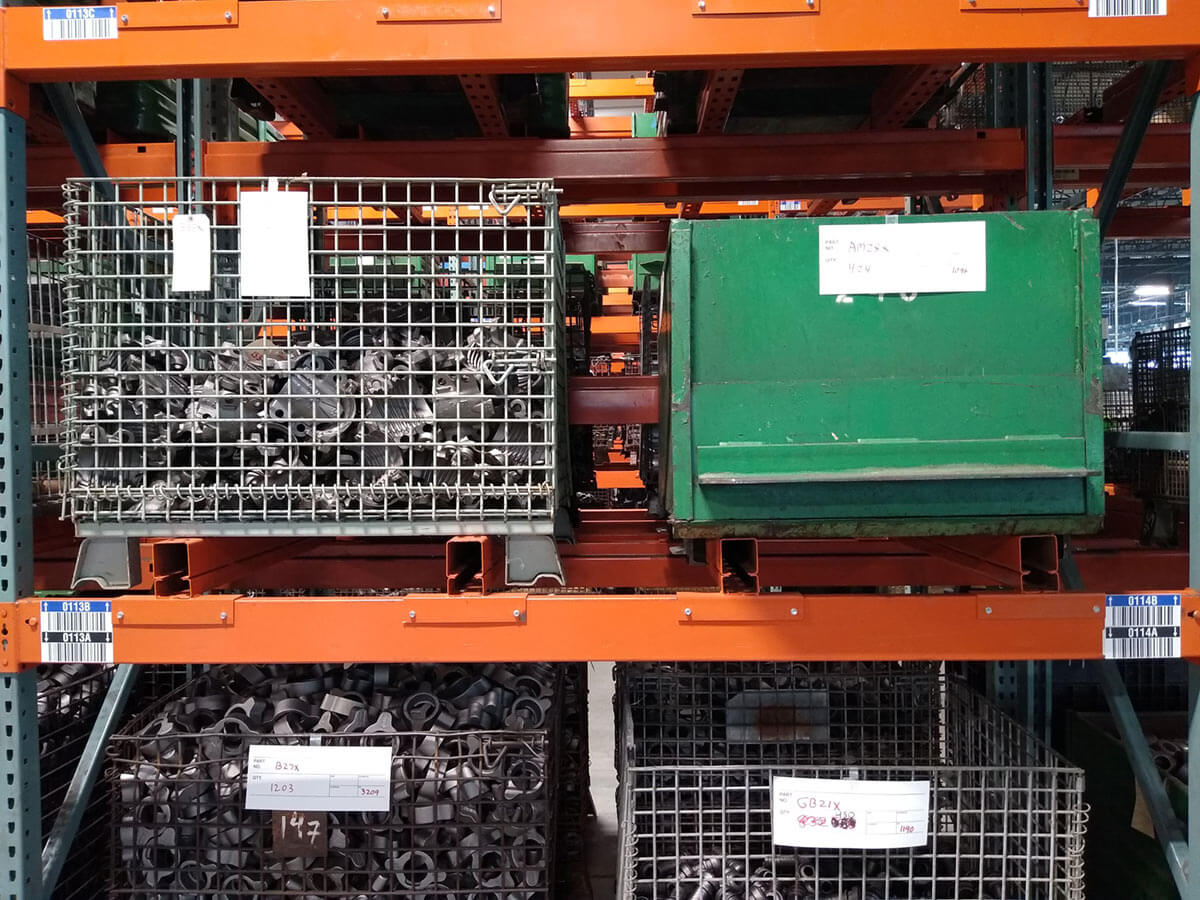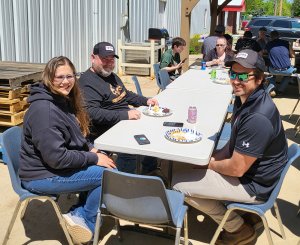Today’s post is courtesy of John Hamlin
Artificial Intelligence –
The capacity of robots to mimic or improve human intelligence, reasoning, and experience-based learning is known as artificial intelligence (AI). Although it has long been employed in computer programs, artificial intelligence is now used in various goods and services. For instance, some digital cameras use artificial intelligence algorithms to identify the objects in an image. Experts also anticipate that artificial intelligence will be used in smart energy grids and many more novel applications.
“AI” in the context of business refers to computer-based systems that carry out, improve upon, or revolutionize business operations by emulating human behavior to increase corporate effectiveness or efficiency. AI is a burgeoning technology that has gained acceptance around the world. It is a comprehensive technology used in practically every sector of the economy. It has long been transforming the market in several different ways.
Entirely autonomous vehicles are already a reality. Several other sectors are also using AI. AI, for instance, improves hedge fund investment decisions and assists with forecasting in the financial industry. Predictive analytics (also known as forecasting) utilizes artificial intelligence by employing machine learning and statistical approaches to anticipate future occurrences based on historical data and forecast product sales, client demand, or stock values.
Robotics –
Robots are more accurate and productive than people. Robotics can nearly eliminate mistakes in the medical and industrial fields. As a result, businesses may make significant cost savings and cost-effective adjustments to tasks that could take humans days to accomplish. In addition, robots can produce high-quality items.
Healthcare, agriculture, food preparation, military, and manufacturing are the five significant industries that have vastly implemented robotics.
Developments by Technology for Ecommerce –
Technology continues to push the boundaries of what e-commerce is capable of, from virtual reality and software-as-a-service to artificial intelligence and digital transformation.
Technology is advancing exponentially, so online shops face constant competition from new offerings. You’ll never run out of new and exciting things to do; the hard part is figuring out which chances are ideal for your e-commerce firm. Amazon’s product suggestion engine, popularly known as “Customers who purchased this item also bought,” is a well-known illustration of AI in e-commerce. It suggests items based on the users’ tastes using millions of consumers’ historical purchase information.
How Artificial Intelligence has brought change to the Ecommerce industry –
AI implementation can influence a wide range of organizational business operations. Knowing the elements of artificial intelligence will help you comprehend how AI can affect your company. Data mining, natural language processing, and machine learning are all in the broad definition of artificial intelligence.
- To develop forecasts, data mining gathers both recent and historical data.
- The study of natural language processing focuses on how people and computers communicate with one another.
- Machine learning uses several algorithms to apply prior knowledge or offer examples to address a challenge. Layering algorithms is a critical component of deep learning, which aims to interpret data better.
The development of AI technology has made it a potent tool for increasing sales and streamlining processes. Even a large number of small e-commerce companies are utilizing AI-capable technologies.
How to implement the use of AI in business –
It’s always enticing to adopt cutting-edge technology. However, to avoid wasting a lot of time and money on failed attempts, you should have a plan before introducing a new program.
- Develop a plan: You must start somewhere, and your strategy will outline the steps you must follow to get to your AI objective from there.
- Use outside expertise: Engage AI specialists on a project- or part-time basis to delve deep and assist you in developing a comprehensive AI roadmap. These other parties may also help establish your minimal viable product.
- Create a complete solution: Once satisfied with your team’s creation, it’s time to make the whole solution. Before it behaves as you anticipate, some iterations must still occur.
Benefits of using AI in Ecommerce –
- More focused marketing and advertising: Deep customization techniques are now possible because of AI and machine learning advances, which analyze vast data from past purchases and other customer interactions to create unique content for each user.
- Improved client retention: Targeted marketing and advertising communications tailored to the target audience can improve retention.
- Seamless automation: With automation, a task is completed with the least amount of human involvement. That might entail anything from automating processes or using cutting-edge technology to assist in scheduling hiring emails in a CRM or marketing tool.
- Effective sales process: By gathering information about your consumers, automating follow-up questions regarding abandoned carts, and more, AI may help you make your sales process more effective.
- Improved customer service: By using chatbots and virtual assistants, you may appear to offer higher touch customer care.


























